A garden bursting with vibrant flowers is a sight to behold, captivating the senses and uplifting the spirit. However, achieving such botanical bliss requires more than just planting and watering. To truly transform your garden into a floral paradise, you need expert flower care tips that will nurture your blooms to their full potential. In this guide, we’ll share invaluable insights and techniques to help you cultivate beauty and blooms in your garden like never before.
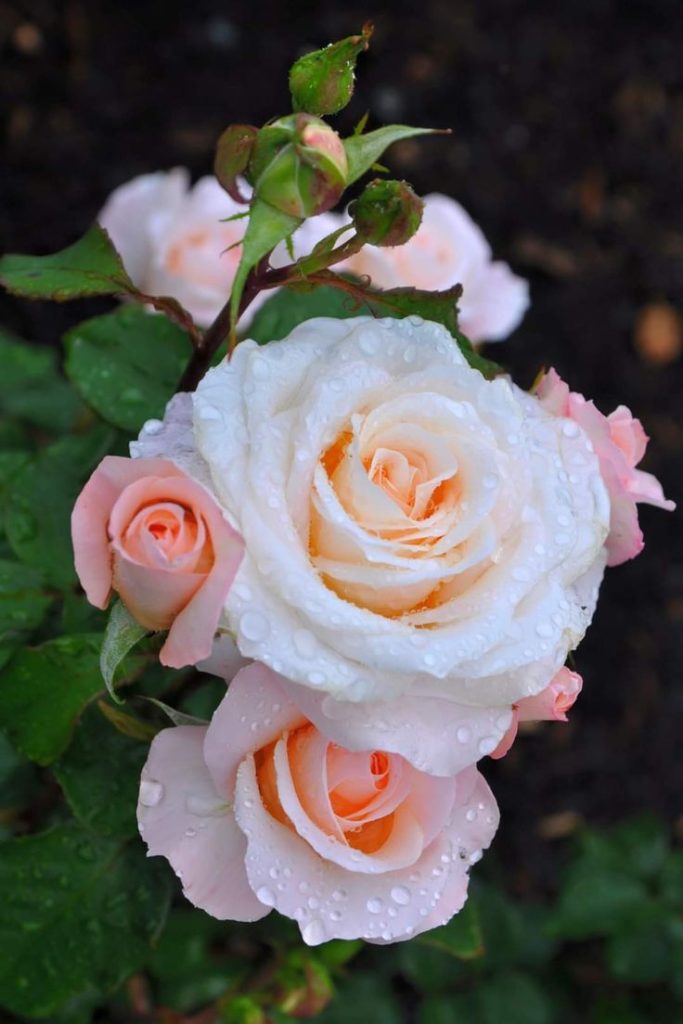
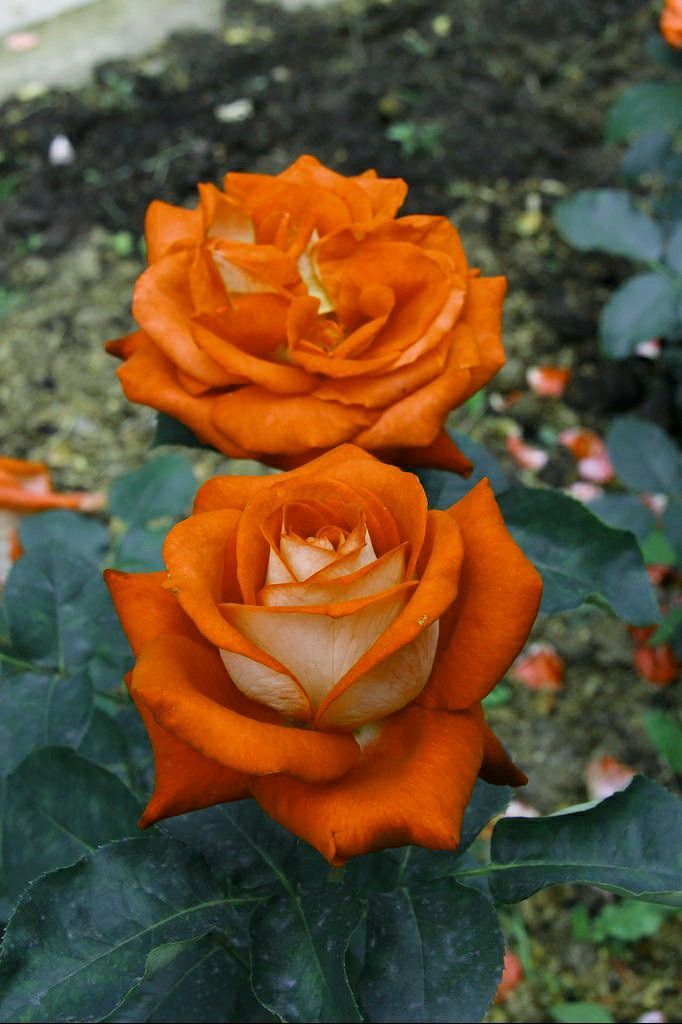
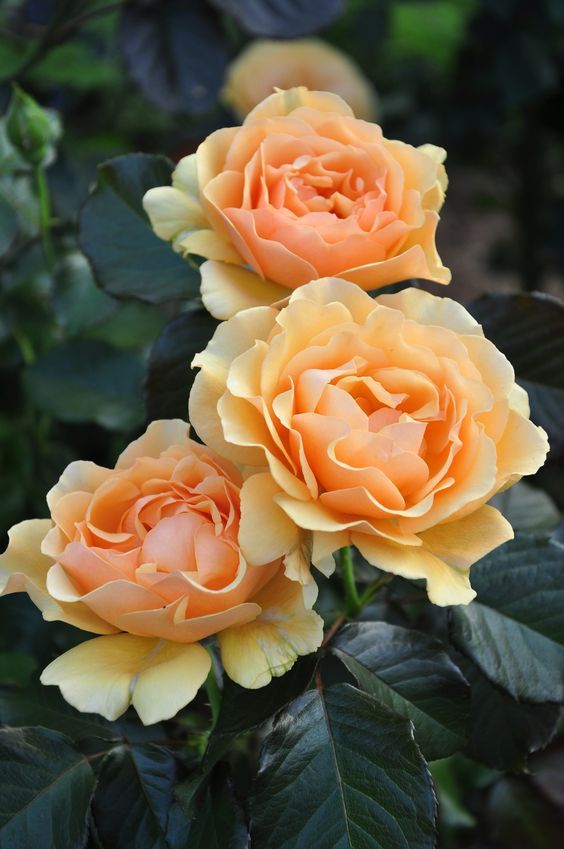
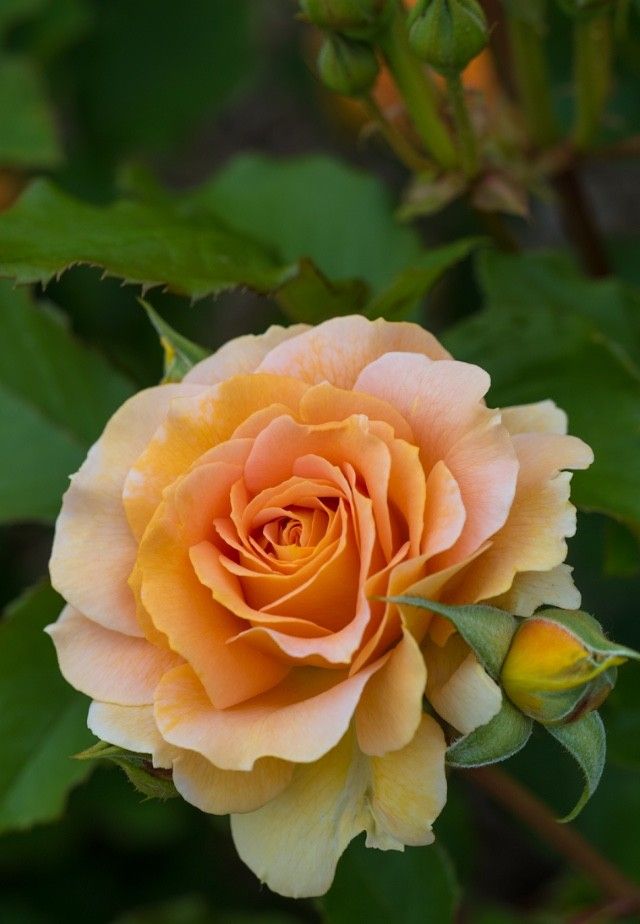

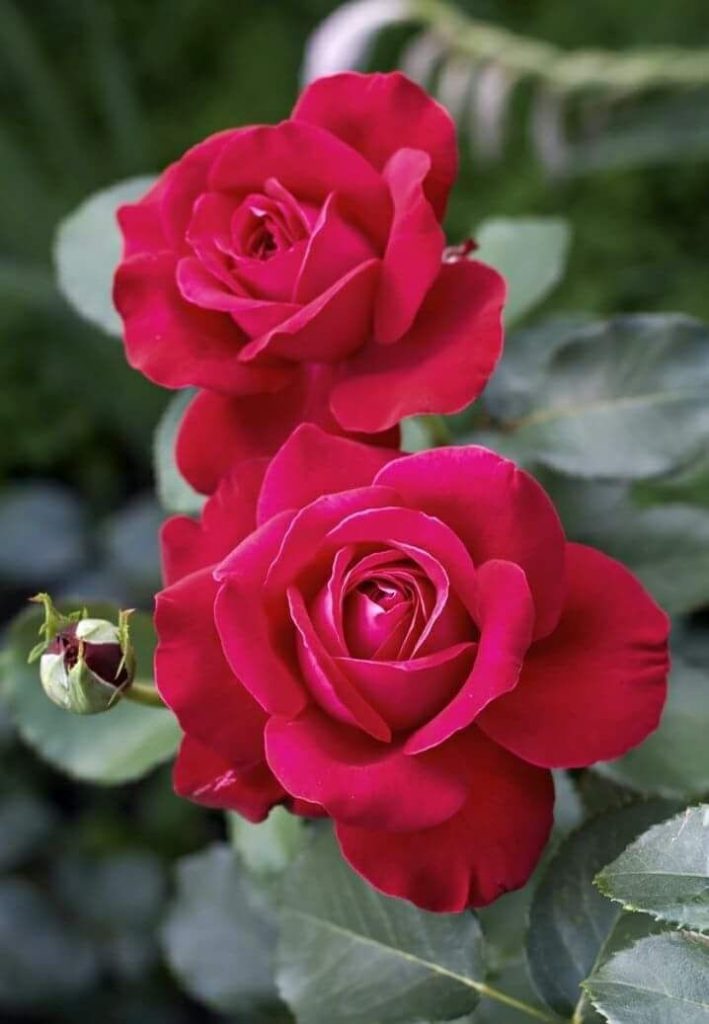

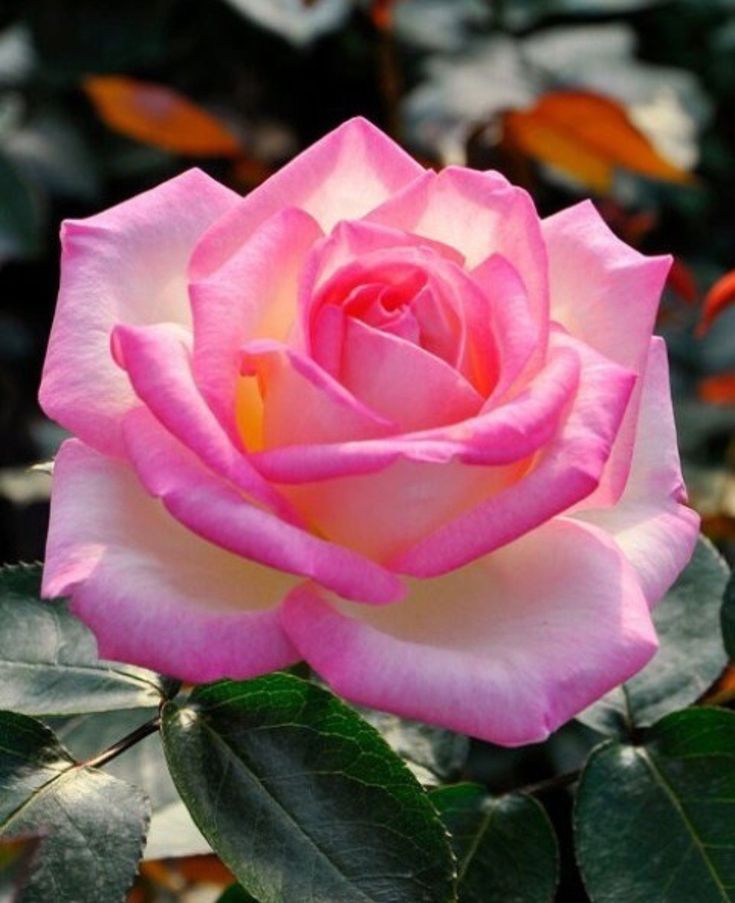
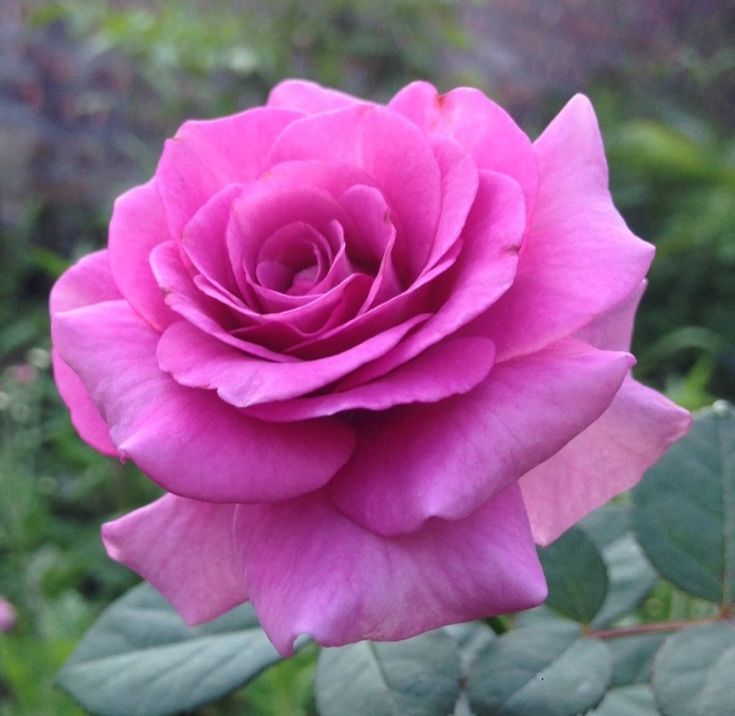
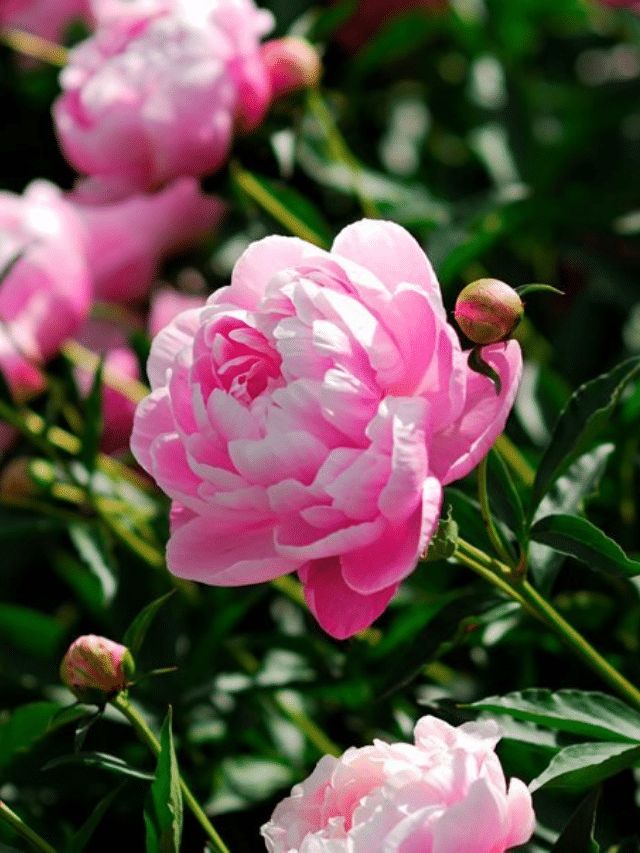
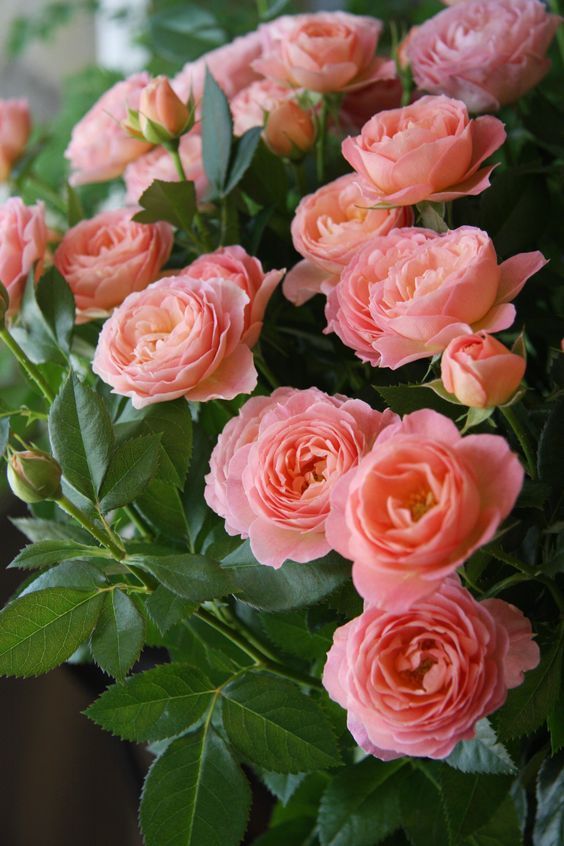
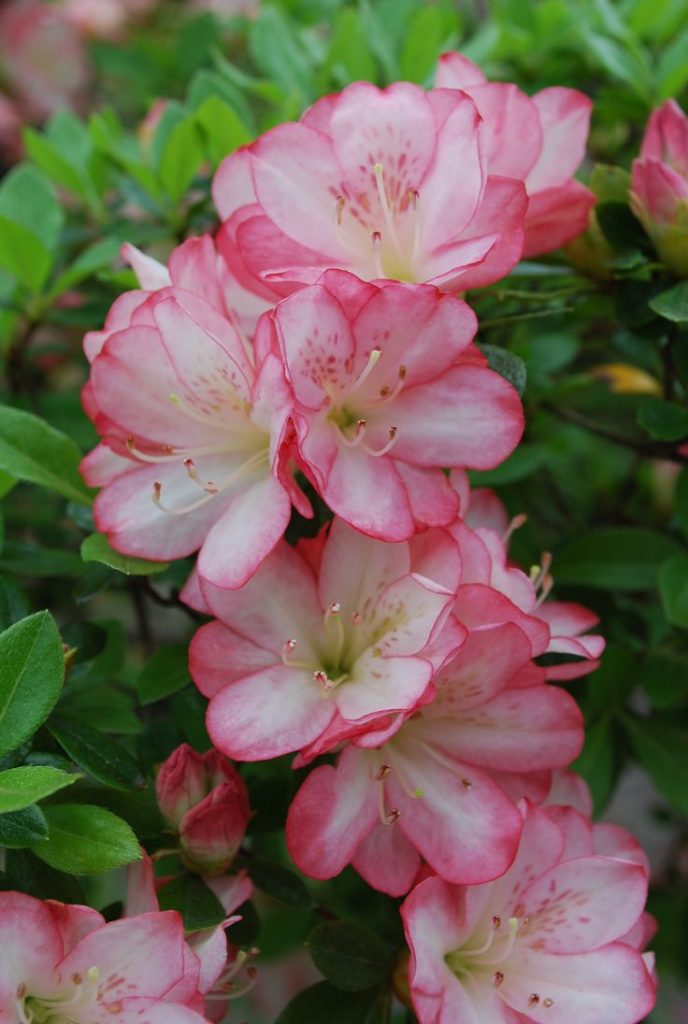
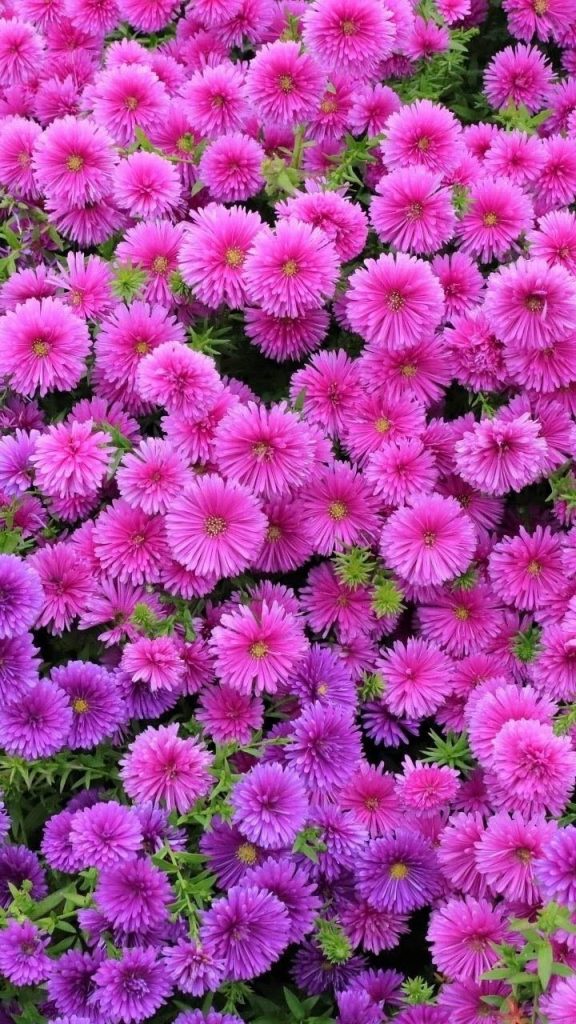
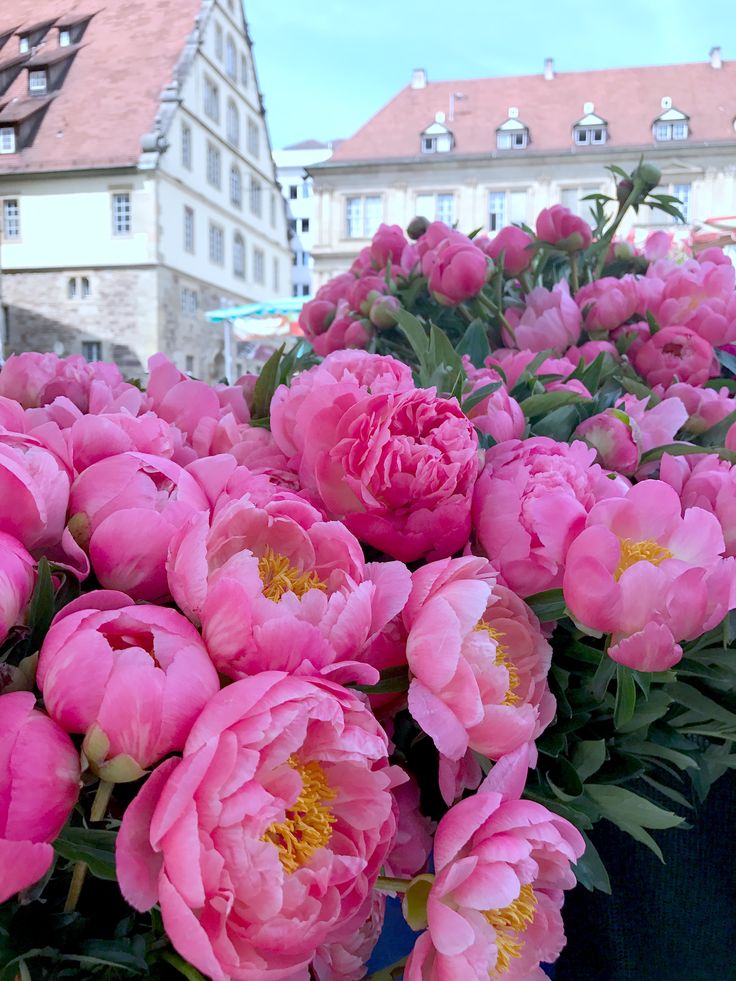
Understanding Flower Needs
- Sunlight Requirements: Different flowers have varying sunlight needs, ranging from full sun to partial shade. Before planting, assess your garden’s sun exposure throughout the day and select flower varieties that are compatible with your site’s light conditions.
- Watering Practices: Consistent and adequate watering is crucial for healthy flower growth. Water your plants deeply and thoroughly, ensuring that the soil is evenly moist but not waterlogged. Consider using drip irrigation or soaker hoses to deliver water directly to the root zone and minimize water waste.
- Soil Health: Healthy soil is the foundation of a thriving garden. Test your soil’s pH and nutrient levels to determine its fertility and make any necessary amendments before planting. Incorporating organic matter such as compost or aged manure can improve soil structure, fertility, and drainage, providing an optimal growing environment for your flowers.
Selecting the Right Flowers
- Native and Adapted Species: Choose flower varieties that are well-suited to your local climate and growing conditions. Native and adapted species are often more resilient and better able to withstand environmental challenges such as drought, heat, and pests.
- Seasonal Interest: Select flowers that offer seasonal interest throughout the year, with a succession of blooms from spring through fall. Mix early, mid, and late-season bloomers to ensure continuous color and beauty in your garden from season to season.
Planting and Maintenance Tips
- Proper Planting Techniques: Follow best practices for planting flowers, including proper spacing, planting depth, and soil preparation. Mulch around your plants to suppress weeds, retain moisture, and regulate soil temperature, promoting healthy root development and reducing stress on your flowers.
- Deadheading and Pruning: Regular deadheading of spent flowers encourages continuous blooming and prevents seed formation, prolonging the flowering period and promoting a tidy, attractive appearance. Prune your flowers as needed to remove dead or damaged growth and shape the plant for optimal health and aesthetics.
Integrated Pest and Disease Management
- Monitor for Pests and Diseases: Keep a close eye on your flowers for signs of pest infestations or disease symptoms, such as yellowing leaves, distorted growth, or unusual discoloration. Early detection allows for prompt intervention, minimizing damage and preventing the spread of pests and diseases to other plants.
- Natural Pest Control: Implement natural pest control methods, such as attracting beneficial insects, using companion planting techniques, and practicing good garden hygiene. These eco-friendly approaches help maintain a healthy balance of pests and predators in your garden, reducing the need for chemical pesticides.
Conclusion
With the right care and attention, your garden can become a vibrant tapestry of color and fragrance, teeming with life and beauty. By understanding your flowers’ needs, selecting suitable varieties, and implementing proper planting and maintenance techniques, you can transform your garden into a sanctuary of natural wonder and delight. So roll up your sleeves, dig in the dirt, and let your love for gardening bloom as you nurture your flowers to their fullest potential. With expert flower care tips as your guide, the possibilities are endless, and the rewards are immeasurable.